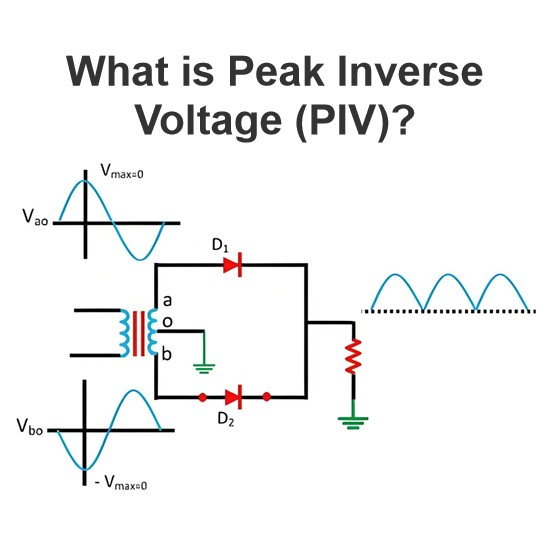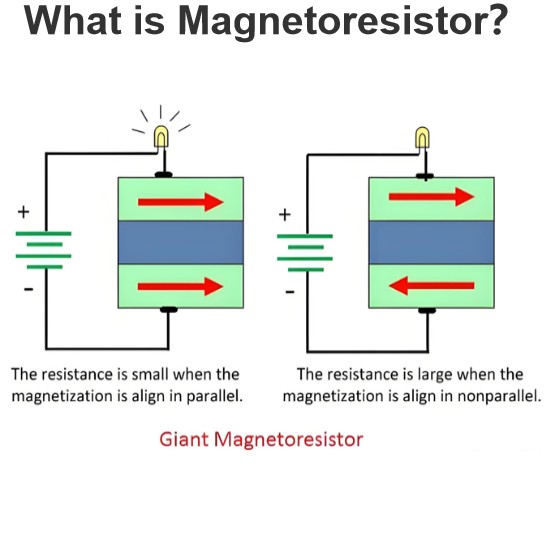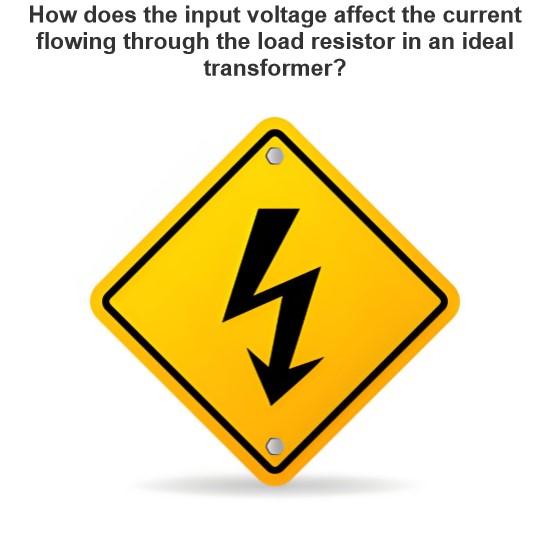Can you explain the difference between an over current relay and a directional over current relay?
Differences between Overcurrent Relays and Directional Overcurrent Relays
Current relays and directional overcurrent relays are both devices used to protect power systems, but they have different functions and application scenarios.
Current Relay
A current relay is a protective device mainly used to detect whether the current in the circuit exceeds the preset rated value. When the current in the circuit exceeds the set value, the current relay quickly cuts off the circuit or sends an alarm signal to prevent equipment damage or personal injury. Current relays are widely used in power systems, industrial automation, ships and other fields, and are one of the important devices to ensure the stable operation of power equipment and personal safety.
The working principle of the overcurrent relay is based on the detection and control of current. A current transformer or sensor converts large currents in the circuit into small currents for subsequent processing and comparison. The overcurrent relay accurately measures the current in the circuit to ensure data accuracy. Then, the signal processing unit amplifies, filters, and other processes these signals, and compares the current in the circuit in real-time with the preset rated current value. When the current in the circuit exceeds the preset rated value, the signal processing unit sends instructions to drive the actuator of the overcurrent relay, thus cutting off the circuit or sending an alarm signal.
Directional Overcurrent Relay
The directional overcurrent relay not only can detect the magnitude of current but also can judge the direction of current. It is mainly used to protect the single-phase grounding fault and phase-to-phase short circuit fault in the power system. By detecting the direction of fault current, the directional overcurrent relay can quickly and accurately identify the fault location and take corresponding protection measures.
The working principle of the directional overcurrent relay is to add the judgment of the current direction on the basis of the overcurrent relay. Typically, the directional overcurrent relay uses current transformers and voltage transformers to detect the phase relationship between current and voltage, thus judging the direction of current. When the detected current direction does not match the preset direction, the directional overcurrent relay will trigger a protective action to cut off the fault circuit.
Main Differences
Function
The overcurrent relay only detects the magnitude of current and operates when the current exceeds the set value.
Directional overcurrent relays not only detect the magnitude of current but also determine the direction of current, used for more precise identification and handling of faults in power systems.
Application Scenarios
Overcurrent relays are suitable for various applications requiring overcurrent protection, such as the protection of motors, generators, transformers, and other equipment.
Directional overcurrent relays are mainly used for the protection of power systems, especially for identifying and handling single-phase grounding faults and phase-to-phase short circuit faults.
Complexity
The structure and working principle of the overcurrent relay are relatively simple, mainly relying on current sensors and the action of the relay.
The structure and working principle of directional overcurrent relays are relatively complex, requiring simultaneous handling of the phase relationship between current and voltage to achieve the judgment of current direction.
In summary, overcurrent relays and directional overcurrent relays differ in terms of their functions, application scenarios, and complexity. The choice of the appropriate relay type depends on the specific requirements of the power system and the need for fault protection.
The Electricity Encyclopedia is dedicated to accelerating the dissemination and application of electricity knowledge and adding impetus to the development and innovation of the electricity industry.













